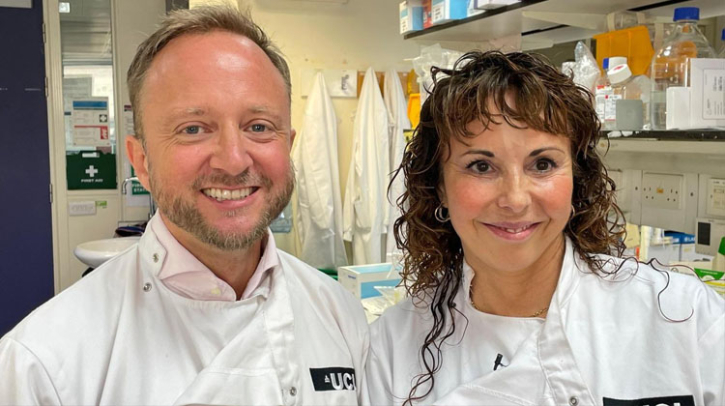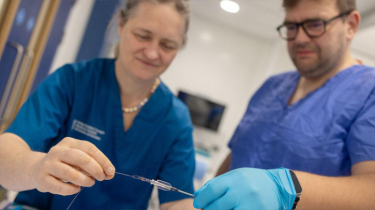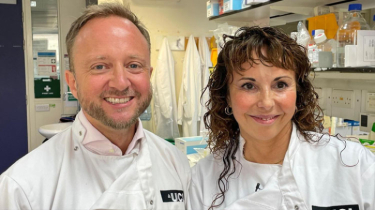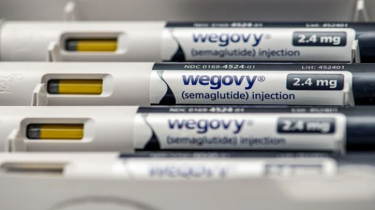Huntington’s disease slowed 75% with one-time gene therapy in pivotal trial

Published : 00:45, 25 September 2025
In a landmark advance, a one-time gene therapy called AMT-130 has significantly slowed Huntington’s disease for the first time in a pivotal Phase I/II study, marking the first clear disease-modifying success reported in patients with the fatal neurodegenerative disorder.
The trial’s high-dose cohort showed a 75% slowing of clinical decline at 36 months on the composite Unified Huntington’s Disease Rating Scale (cUHDRS) compared with a carefully matched external control group.
A key functional measure, Total Functional Capacity (TFC), also showed 60% less decline at 36 months. Investigators reported favorable trends across multiple motor and cognitive endpoints and noted that neurofilament light (NfL), a biomarker of neurodegeneration, was below baseline at three years. The therapy’s safety profile remained generally manageable, with most adverse events related to the delivery procedure and resolving afterward.
How it works: AMT-130 uses an AAV5 viral vector to deliver a small RNA that silences the huntingtin gene driving the disease. Because the target brain regions are deep, the treatment is administered once via MRI-guided, stereotactic infusion into the striatum (caudate and putamen) using convection-enhanced delivery, an exacting neurosurgical procedure that typically lasts 12–20 hours.
Study design at a glance
Participants: 29 treated patients (17 high-dose; 12 low-dose); 12 per dose had 36-month data at the prespecified cutoff.
Comparator: Propensity score–matched external controls from large natural-history datasets (Enroll-HD).
Primary endpoint: cUHDRS at 36 months (met in high-dose group).
Key secondary: TFC at 36 months (met in high-dose group).
Other readouts: Trends favoring treatment on cognitive tests (e.g., Symbol Digit Modalities, Stroop) and motor scores.
What this means, and what it doesn’t:
This is the first time a therapy has demonstrated a robust, sustained slowing of Huntington’s progression in people living with the disease. It is not a cure, approval has not yet been granted, and important caveats remain: the high-dose analysis used external controls (not a contemporaneous placebo group), and the sample size is modest. The procedure is complex neurosurgery, so access, cost, and long-term safety will be critical considerations.
What’s next:
On the strength of these data, the sponsor plans a U.S. biologics license application (BLA) in early 2026, supported by the therapy’s FDA Breakthrough Therapy and RMAT designations that allow for expedited review. If cleared, AMT-130 could become the first approved treatment to slow Huntington’s disease, with confirmatory requirements and long-term follow-up likely.
Source: BBC News, The Sun, Wall Street Journal
BD/AN











